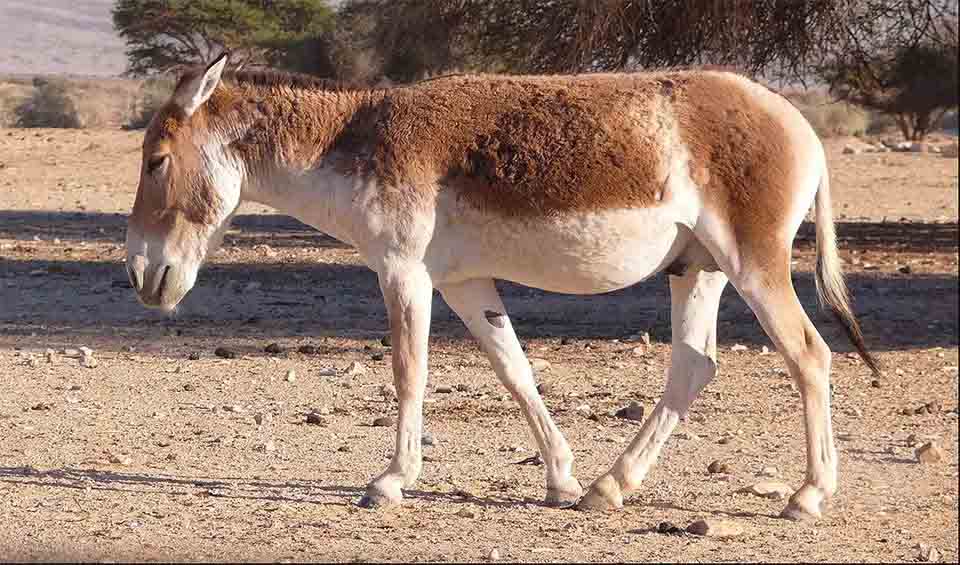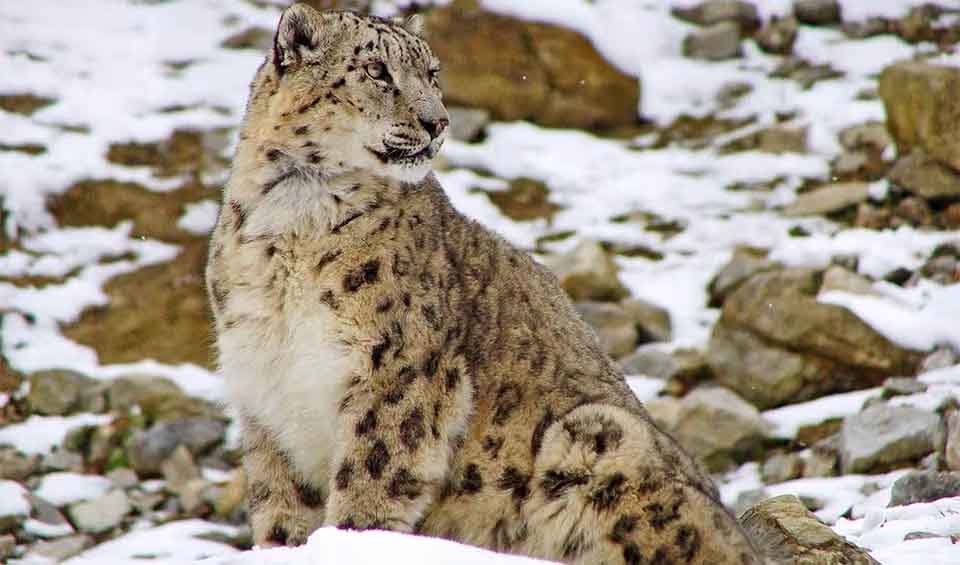The Kyrgyz Republic, while small in geographical size, covering only 0.13% of the world’s land area, is recognized as one of the planet’s 200 priority ecoregions. This designation is due to its remarkably high concentration of biodiversity, hosting approximately 2% of the world’s known flora and 3% of the world’s known fauna.
The local economies and the livelihoods of its population are deeply intertwined with and reliant on this biodiversity and the ecosystem goods and services it provides. However, these crucial natural resources have been significantly depleting over the past two decades, posing a threat to both the environment and the economic stability of the region.
Four pillars elaborated:
Kyrgyzstan features a varied terrain that includes mountains, forests, lakes, and glaciers, which has led to the creation of multiple protected areas, encompassing about 7% of the nation’s land. These conservation zones are classified into different types, such as national parks, nature reserves, and wildlife refuges. Among them, Kyrgyzstan boasts three national parks: Ala-Archa, Sary-Chelek, and Besh-Tash. These parks are celebrated for their picturesque landscapes, diverse ecosystems, and a range of recreational activities including hiking, camping, and wildlife observation. Land Management
Land Management
In Kyrgyzstan, biodiversity is under significant pressure from various human activities. Foothill and mountain communities face overgrazing issues due to an increase in livestock numbers and a lack of improvement in natural grasslands, putting all types of pastures at risk—a serious concern given the population’s heavy reliance on livestock farming. Forest ecosystems are increasingly degraded by human settlement expansion, illegal logging for firewood, and cattle grazing. Threats to Biodiversity
Threats to Biodiversity
Aquatic ecosystems suffer from pollution and altered water flows. The country’s invertebrates are threatened by ecosystem degradation and habitat reduction due to human activity, while large- and medium-sized mammals are primarily threatened by poaching. Fish populations are declining due to overfishing and the introduction of non-native species. Additionally, the expansion of mining activities, including opencast gold mining, oil production, and uranium mining in the seismic regions of the Tien Shan mountains, poses a severe threat to the biodiversity of mountain ecosystems, with potential catastrophic environmental impacts.
The Kyrgyzstan government has undertaken a multi-pronged approach to conserve the country’s rich biodiversity. They have steadily expanded the network of protected areas, which now cover around 7% of the national territory, including national parks, nature reserves, and wildlife refuges. The government has implemented targeted conservation programs for endangered species like snow leopards and Tian Shan bears, strengthened environmental legislation, and collaborated with international partners on regional biodiversity initiatives. Capacity and Governance
Capacity and Governance
Additionally, Kyrgyzstan has recognized the importance of community engagement, implementing programs that provide economic incentives for local populations to protect natural resources. While challenges remain, such as securing sufficient funding and addressing poaching, the government’s persistent efforts demonstrate a commitment to safeguarding Kyrgyzstan’s diverse ecosystems and wildlife for future generations.
The Kyrgyz Republic has developed the Agenda for the XXI Century, crafted by the State Agency on Environment Protection and Forestry (SAEPF) with support from UNEP and UNDP, focusing on sustainable development. This agenda emphasizes environmental sustainability and the efficient use of natural resources, including the economic utilization of non-renewable resources and sustainable management of renewable ones. Kyrgyzstan commits further to regional environmental efforts as a signatory to the Central Asian Framework Convention on Environmental Protection for Sustainable Development and as a participant in the Central Asian Countries Initiative for Land Management (CACILM), which focuses on combating land degradation and conserving biodiversity. Future Trends
Future Trends
Biodiversity
Kyrgyzstan is renowned for its rich biodiversity, which includes more than 7,700 plant species, among them 3,786 higher plants with significant economic and medicinal values. This diverse flora provides a habitat for an extensive array of animal life, with 515 vertebrate species and over 3,000 invertebrate species recorded.The country’s varied mountainous landscape fosters a multitude of ecosystems, ranging from alpine meadows and forests to steppes and deserts. These environments are home to a variety of species, such as snow leopards, Marco Polo sheep, brown bears, and golden eagles. Notably, the Western Tian Shan region in Kyrgyzstan is designated as a global biodiversity hotspot because of its extraordinary species richness and high levels of endemism.
In the table below are the number of known species in several main groups, how many of these species are Threatened with extinction, and how many of them are Endemic (unique to Kyrgyzstan only):
| Species (World rank) |
Threatened | % Threatened | Endemic | % Endemic | |
|---|---|---|---|---|---|
| Mammals | 89 (#127) | 5 | 5.6% | 1 | 1.1% |
| Birds | 329 (#109) | 15 | 4.6% | ||
| Reptiles | 56 (#116) | 3 | 3.0% | 4 | 7.1% |
| Amphibians | 4 (#169) | ||||
| Fishes | 31 (#204) | 6 | 19.4% | ||
| Plants | 7,723 (#41) | 13 | 0.2% | 25 | 0.3% |
mammals
Brown bear
The second largest bear, right after the polar bear. Sadly, it well might top the list soon
Elk
Clashing with their antlers, the winner takes it all!
Onager
Two out of six subspecies were hunted to extinction: the European & Syrian wild ass
birds
Gyrfalcon
Largest of falcons: can grow up to 60cm (2 ft) in height
Snowy owl
There is more to this species than its majestic coat of thick white feathers and piercing yellow eyes
Common kingfisher
Possessed with special visual adaptations to catch fish
reptiles
Desert monitor
Known for their impressive stamina and can travel long distances in search of food and water
Dice snake
A big, harmless snake that likes to live near freshwater
Schokari sand racer
With lightning-fast speed and a keen sense of smell, this predator easily captures prey in the desert
National Animals
Snow leopard
The vanishing big cat of the cold, rugged Himalaya mountains is being executed by the humans














